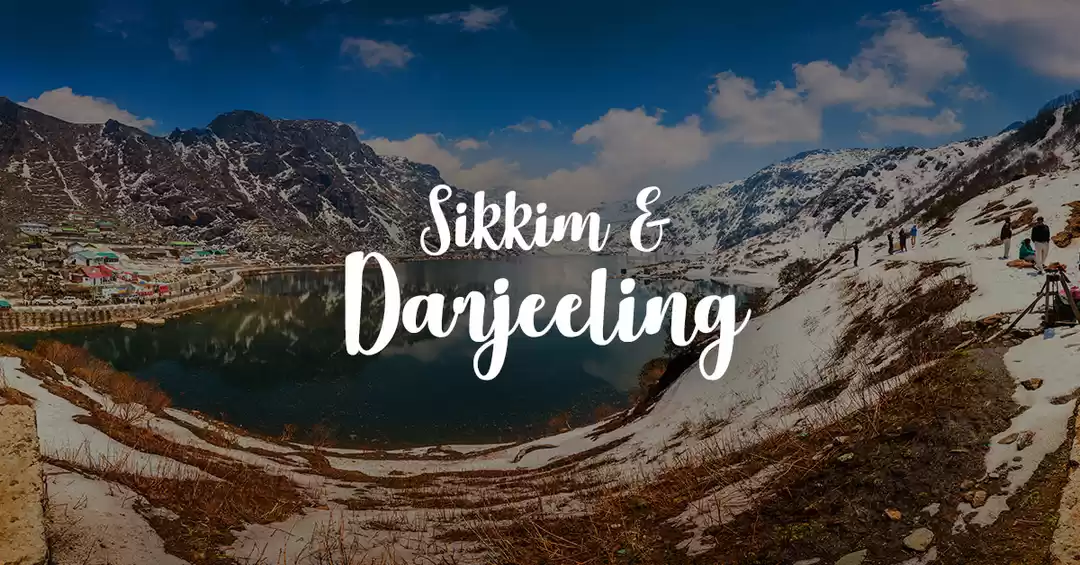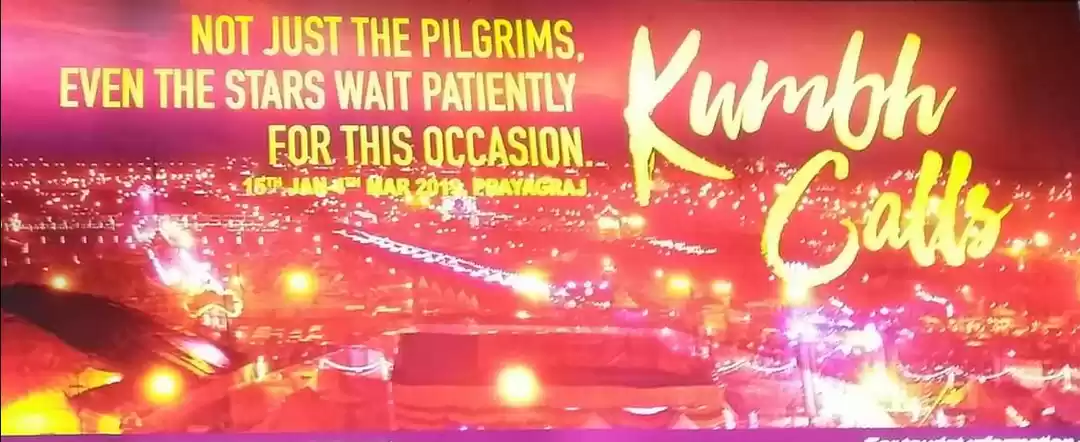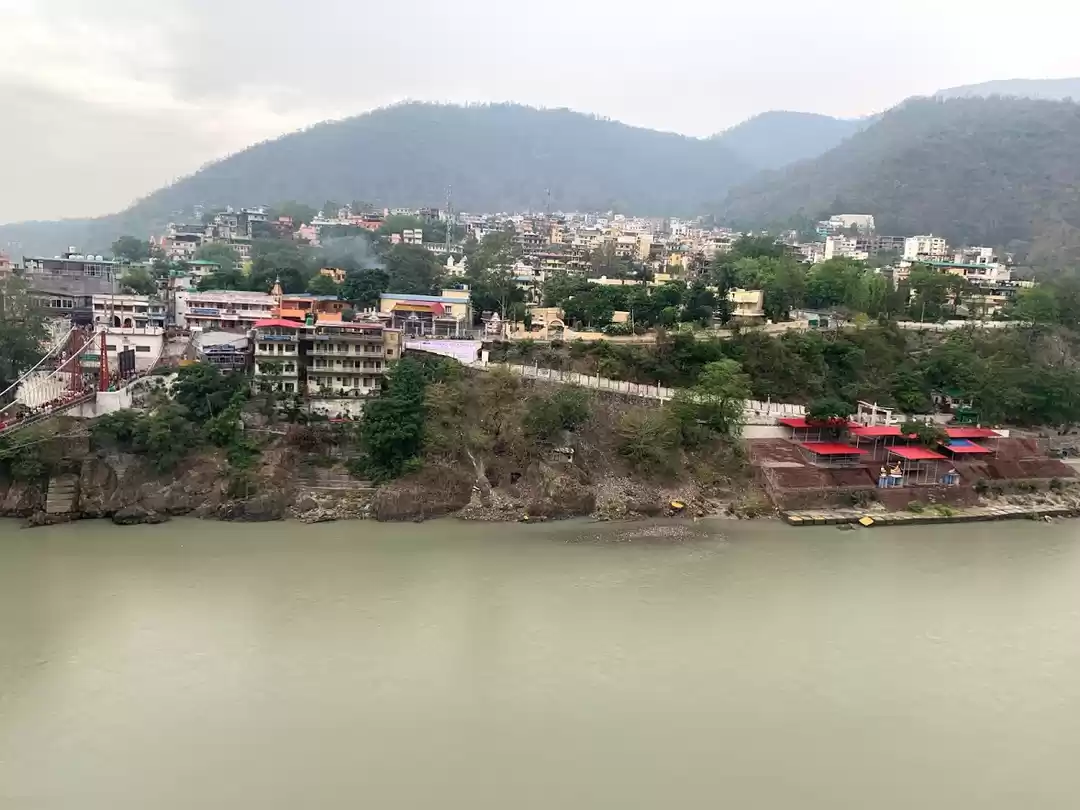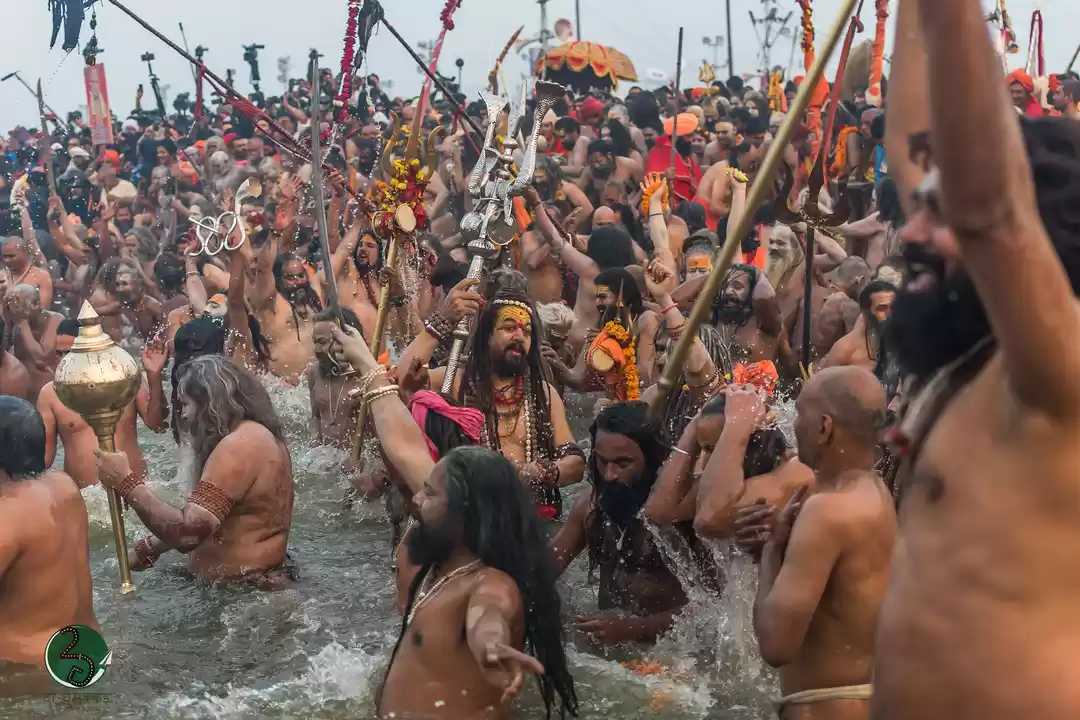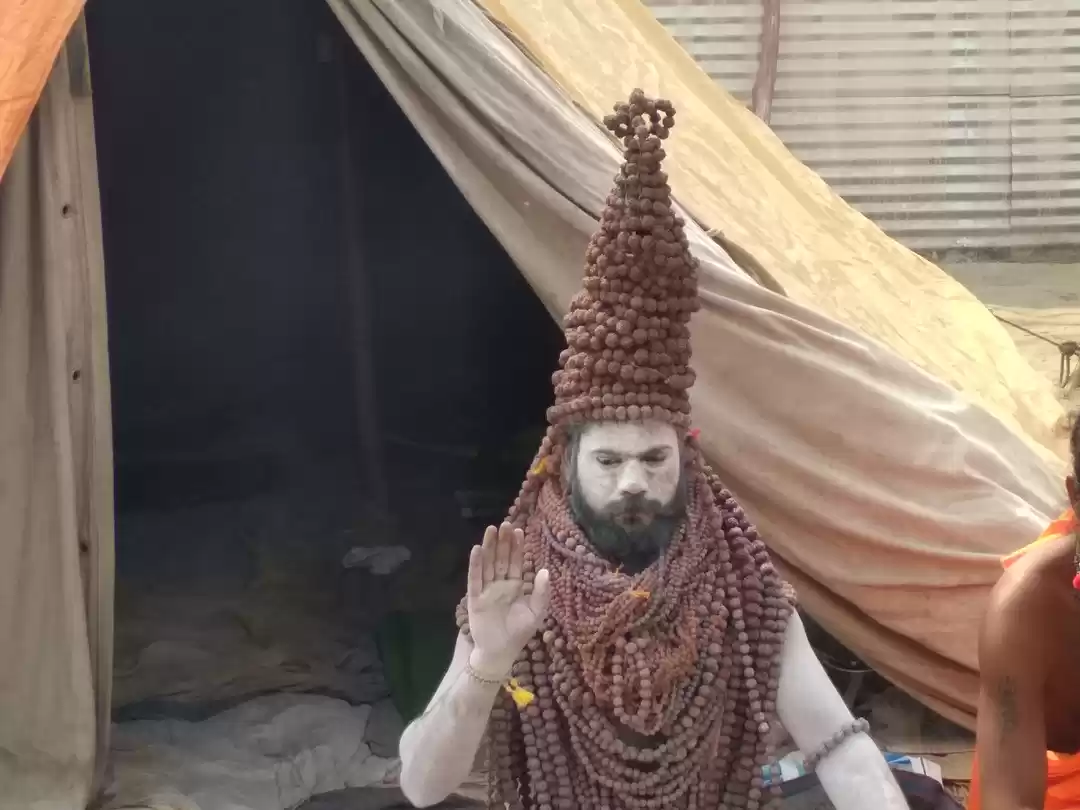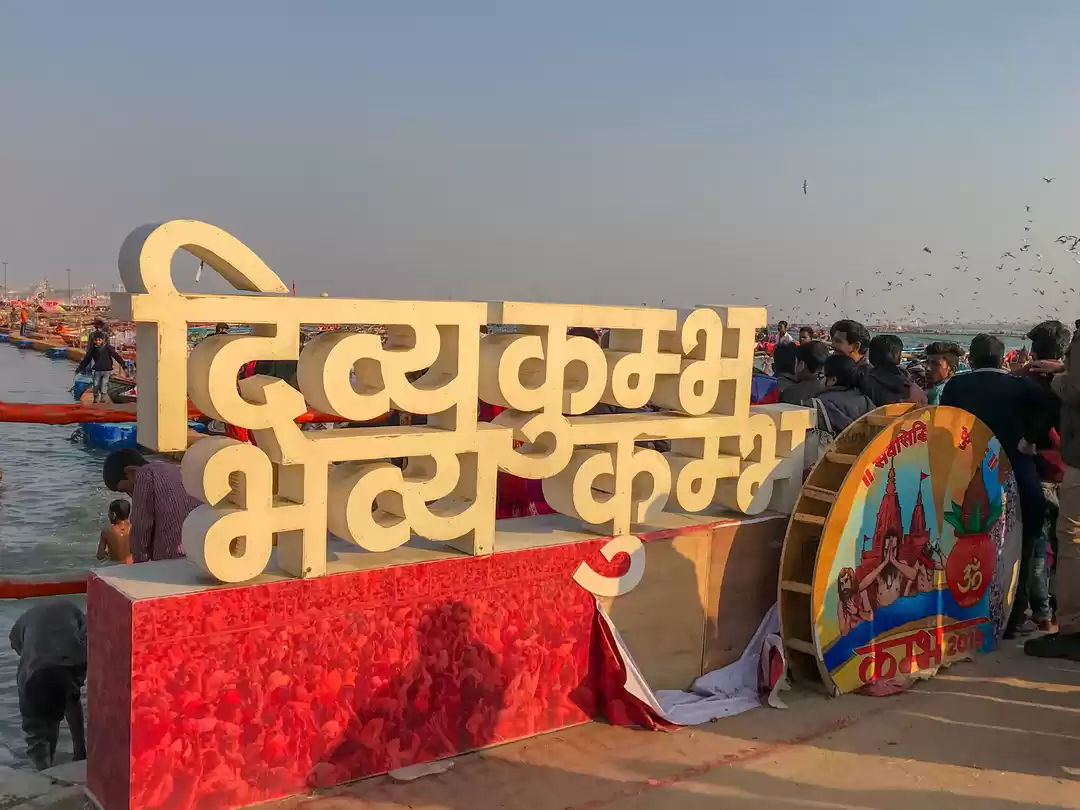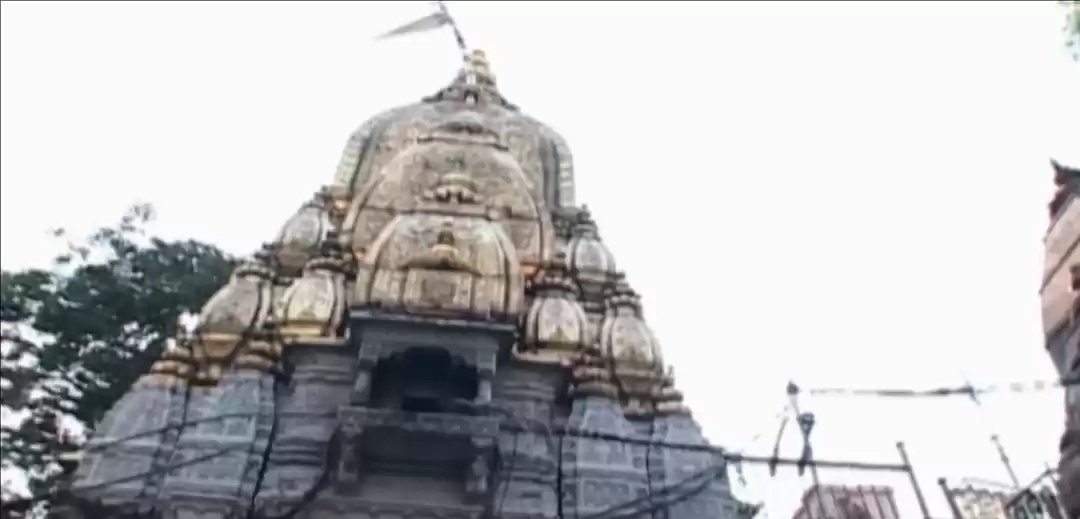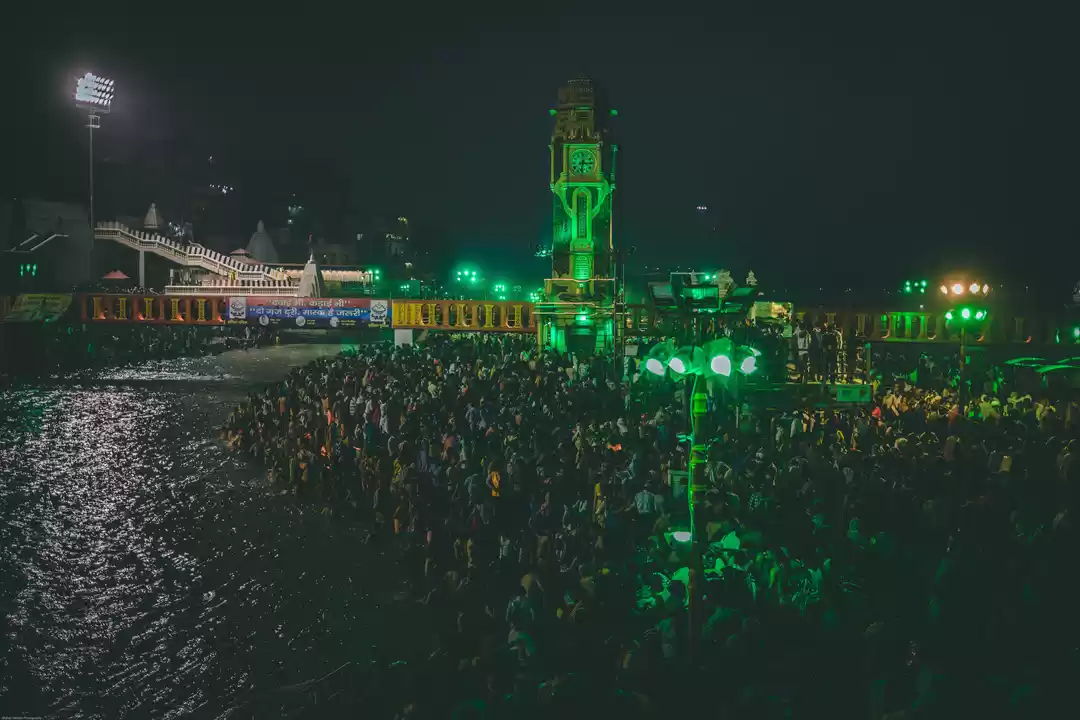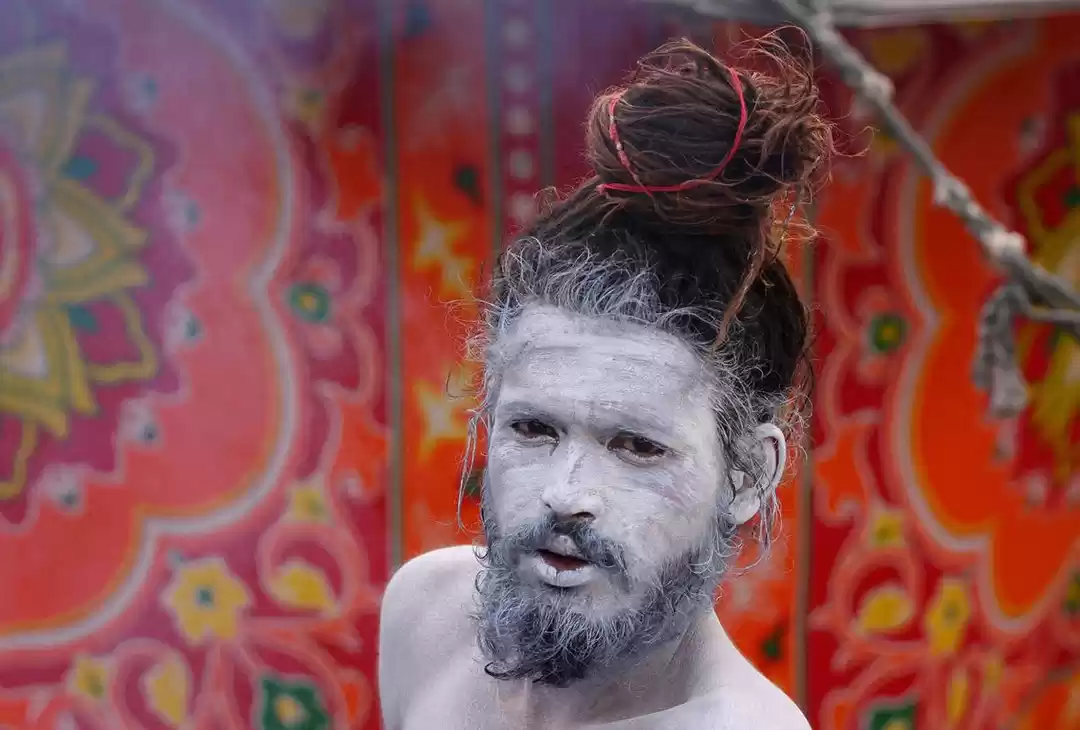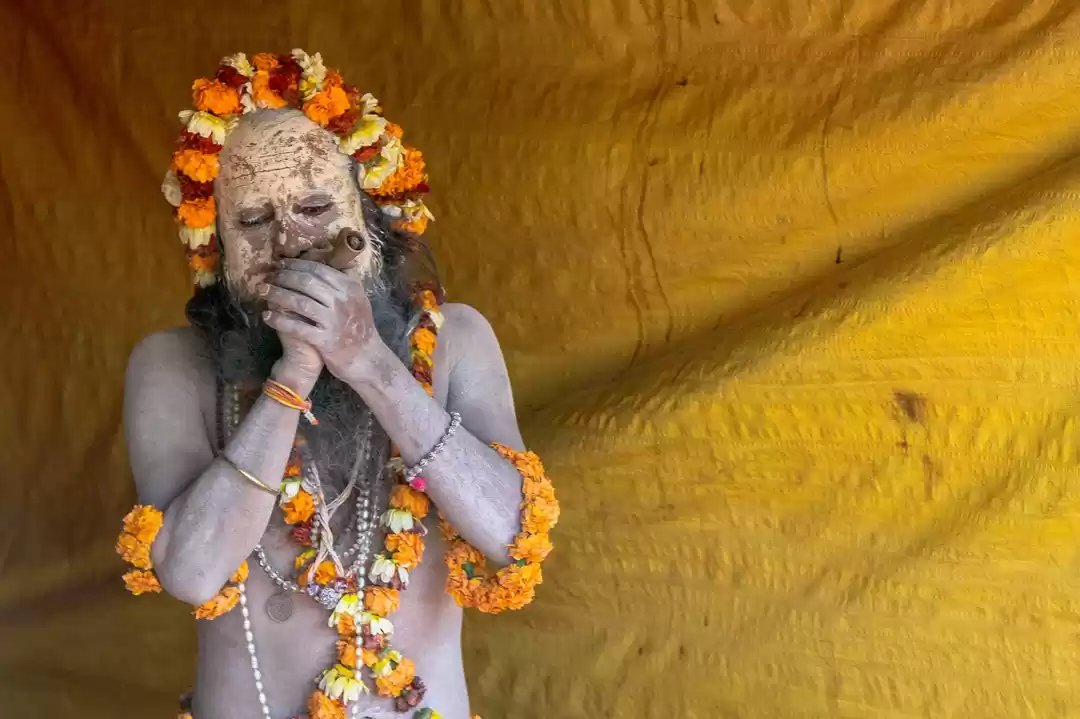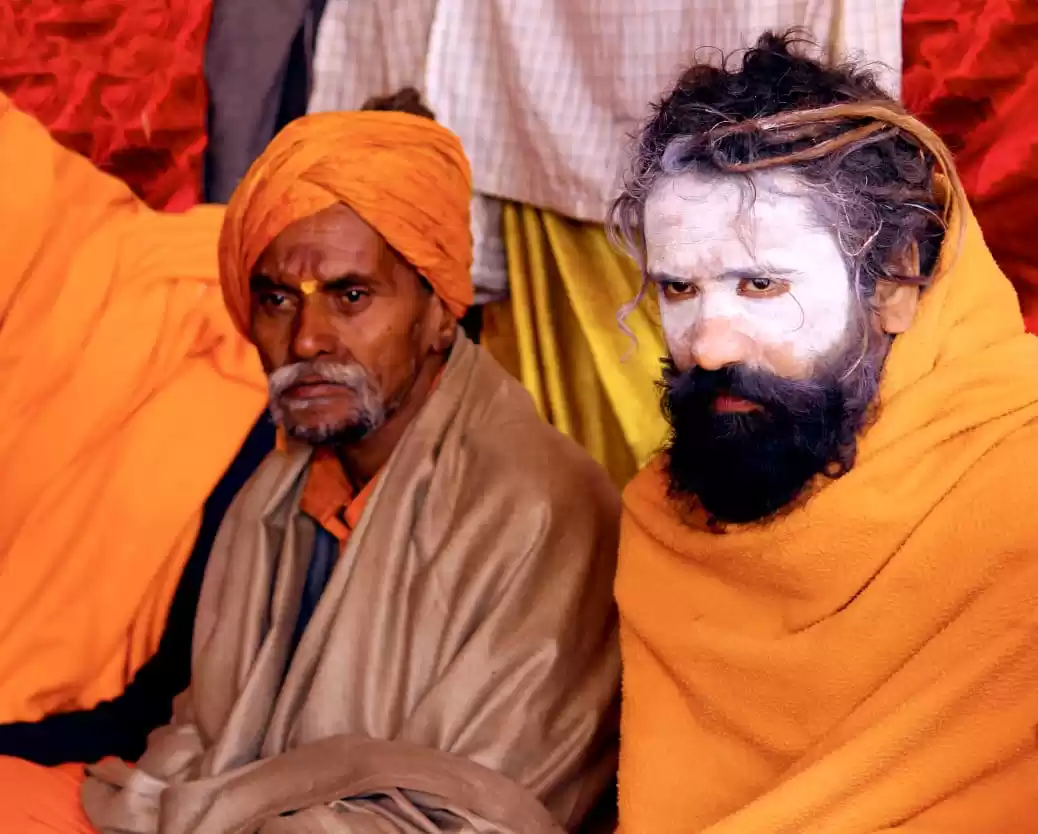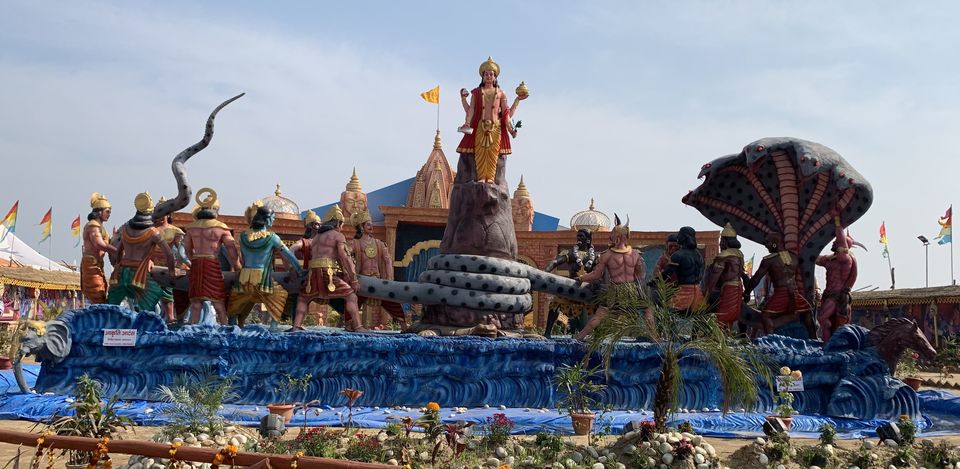
Kumbh literally means pot. As per our historic writings, the Devas and Asuras together churned the ocean of milk for Amrit (the nectar of immortality- immortality does not mean that we would want to live on earth forever, it means that anyone who consumed the amrit would go beyond the cycles of birth and death). Lord Vishnu transformed himself into a tortoise who went to the base of the ocean and Mount Mandar was placed on top of the tortoise. The serpent king Vasuki (Lord Shiva’s snake) twisted itself around the mountain to work as a rope which would be pulled by Devas on one side and Asuras on the other to churn the Amrit.
The churning of the ocean produced a deadly poison which Lord Shiva agreed to consume to successfully complete the churning, but Goddess Parvati stopped the poison from entering his body by blocking it in his throat. His throat hence turned blue and thus Lord Shiva was given the name “Neelkant” (blue throat).
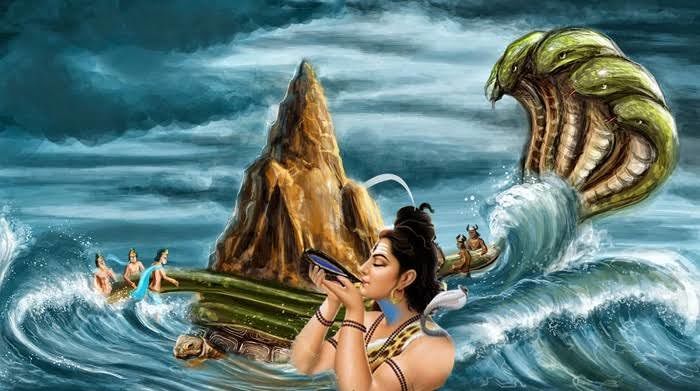

Once the pot of Amrit was ready, the Devas and Asuras began to quarrel for the same though it was initially decided that it would be equally distributed. The asuras began to chase the devas who carried the Kumbh. During the chase, some drops of amrit fell on 4 places, namely, Prayagraj, Haridwar, Ujjain and Nashik.
These 4 places have thus derived the divine powers. The fight between the devas and asuras went on for 12 divine days – which is equal to 12 years on earth. Thus, the Purna (complete) Kumbh Mela is celebrated once every 12 years – it rotates every 12 years at each of the 4 places Prayagraj, Haridwar, Ujjain and Nashik. It is believed that during this period, the rivers turn to Amrit and hence pilgrims from all around the world come to bathe here.
The Maha Kumbh Mela is held only at Prayagraj, once every 144 year or 12 Purna Kumbh Melas.
The Purna Kumbh Mela is held every 12 years, the Ardha (half) Kumbh mela is held every 6 years (at Prayagraj or Haridwar) and the Kumbh Mela is conducted every 3 years. The Kumbh Mela location rotates at each of these 4 places.
In Kumbh Mela, there is ritual that the first bath is led by the saints and aghoris. This bath is called the Shahi Snan of Kumbh and it starts at 3 a.m. Only after the Shahi Snan, the common people can bathe in the holy river.


Who are these Aghoris?
The other major attraction at the Kumbh Mela is the presence of the Aghoris. These saints are Lord Shiva Bhakts who perform severe penances and have renounced common life to go beyond. There is often a misconception that these Aghoris resort to cannibalism and are scary people. However, Aghoris are humans who know the true meaning of life and bliss! Every problem of ours seem so insignificant as we know focus on the deeper meaning of our life… and this is exactly how the Aghoris feel and live and experience. The talks one has with them will undoubtedly be the most meaningful ones ever.
Each of these Aghoris belong to a particular Akhara. Akharas were formed in the 8th century by Sri Adi Shankaracharya with the aim to unite organisations of the sadhus to protect the Sanatana Dharma (real way of life). Today there are a number of Akharas and they all are part of every Kumbh Mela. The Naga Sadhus of the Akharas are ordained to this post only during the Kumbh and Mahakumbh Mela. It takes about 12 years of difficult tests and penances for these sadhus to become initiated as Naga Sadhus in these Akharas.




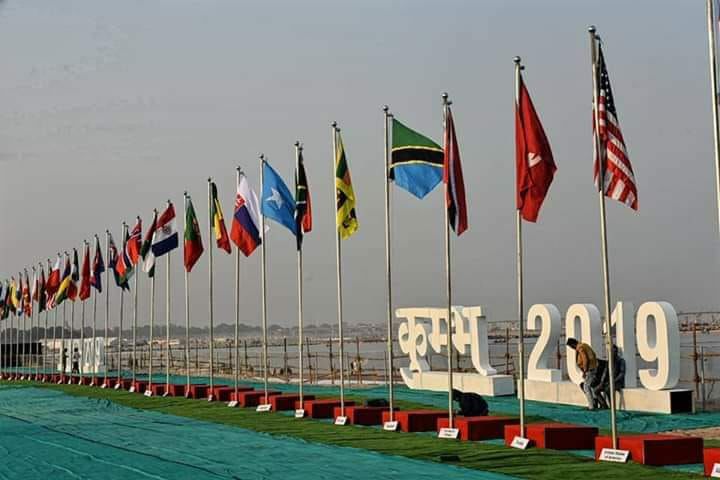
When is the next Kumbh Mela?
Beginning of 2021 – at Haridwar! And I am sure every person who has been there once would desire to return!













